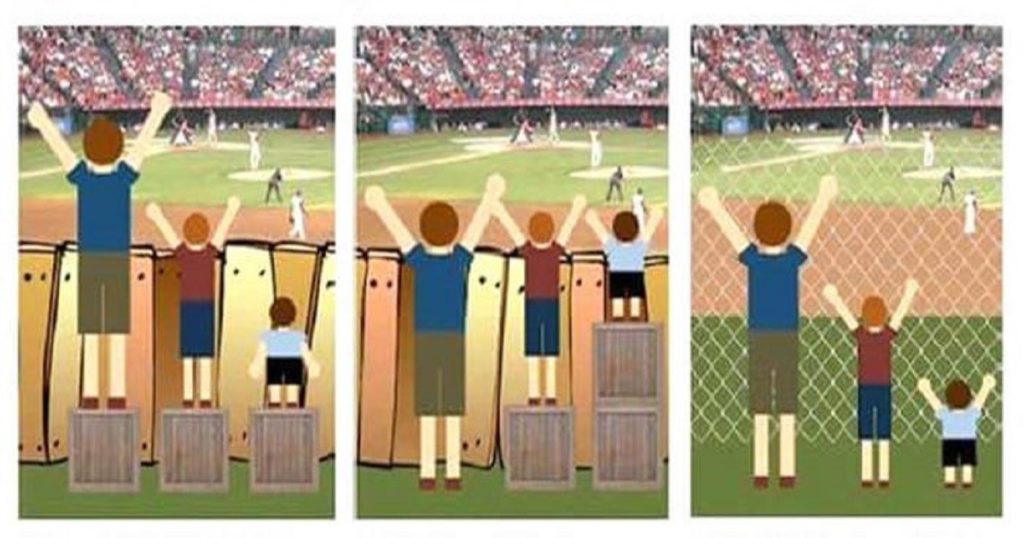By Stacey Robinson, CAE, KCSAE Past President
As association leaders, we hear so much about diversity and inclusion and have, more likely than not, spent an abundance of time listening to the boards we represent tackle these topics, and likely still have not created lasting and systemic change for our organizations.
I would argue most of us are, while likely unintentional, going about this wrong. We are checking boxes instead of creating a cultural organizational change that invites, values and recognizes all voices – those at the table and those unable to access the table. It is time to refocus our efforts and make a shift towards D.I.E. – Diversity, Inclusion and Equity. While diversity and inclusion are critical topics, true organizational transformation comes from a commitment to create systemic changes that foster and promote equity. Without equity, the focus on diversity and inclusion ends up being nothing more than checking boxes and looking from our own point of view.
“Equity requires the hard conversations that recognize where well-meaning attempts at diversity and inclusion still resulted in unequal outcomes. Equity challenges assumptions about what is right, what works, and who should be in charge. No more boxes to check. Instead, equity is a core value and belief that transforms an organization from top to bottom. It says, “Not only are you welcome, but you are vital to our success and we need you.” (May ’19, Associations Now, Brian Haney, https://www.asaecenter.org/resources/articles/an_plus/2019/may/from-diversity-to-inclusion-to-equity).
As you begin assessing what equity means for your organization, be sure not to equate equality with equity. Giving everyone equal access does not consider the needs of the individual and is not a way to remove barriers – it attempts to negotiate around barriers. Equity recognizes the existence of advantages for some and barriers for others.
This widely circulated graphic from the Inclusion Solution illustrates the point.
The left panel assumes everyone will benefit from the same support. Everyone is being treated equally.
The middle panel illustrates individuals given different support to provide them with equal access. It puts the support of others under a microscope for everyone to see. It usually makes those using the support feel they are different, need help, or they are being singled out.
The right panel illustrates that by giving everyone access and creating a system that doesn’t warrant a need for support or accommodations, the systemic barrier is removed and everyone is being treated equitably.
Let’s look at an example close to associations – conference keynote address accommodations for varied hearing capabilities. If you just have the speaker and an audio system, it is like the left panel. If you have an audio system and a sign language interpreter, you are like the center panel. Yet, you are often assuming that everyone who is hearing impaired can read sign language. If you have the audio system, an interpreter, and the closed caption text on a screen, you are like the right panel and being equitable.
What are ways your organization can start making changes to foster Diversity, Inclusion and Equity? What conversations can you help facilitate that gives voices to those who may not have a seat at the table or a way into the room?
Let’s stop checking boxes and start being equitable for all. The return on your investment will pay tenfold. According to PwC’s 18th Annual Global Survey, 85% of C.E.O.s have said that having a diversified and inclusive workplace population improved their bottom line. Think about what it might do for your association.
As the professional teams leading our organizations and working to ensure their future, it is our duty to help shift focus and expand these important conversations, so they broaden the organization’s reach and impact. Be a change agent, not a box checker.
Below are a few articles that might help you better understand the important role equity plays for the future of your organization.
https://hbr.org/2020/05/diversity-and-inclusion-efforts-that-really-work
https://www.asaecenter.org/resources/articles/an_plus/2019/may/from-diversity-to-inclusion-to-equity

